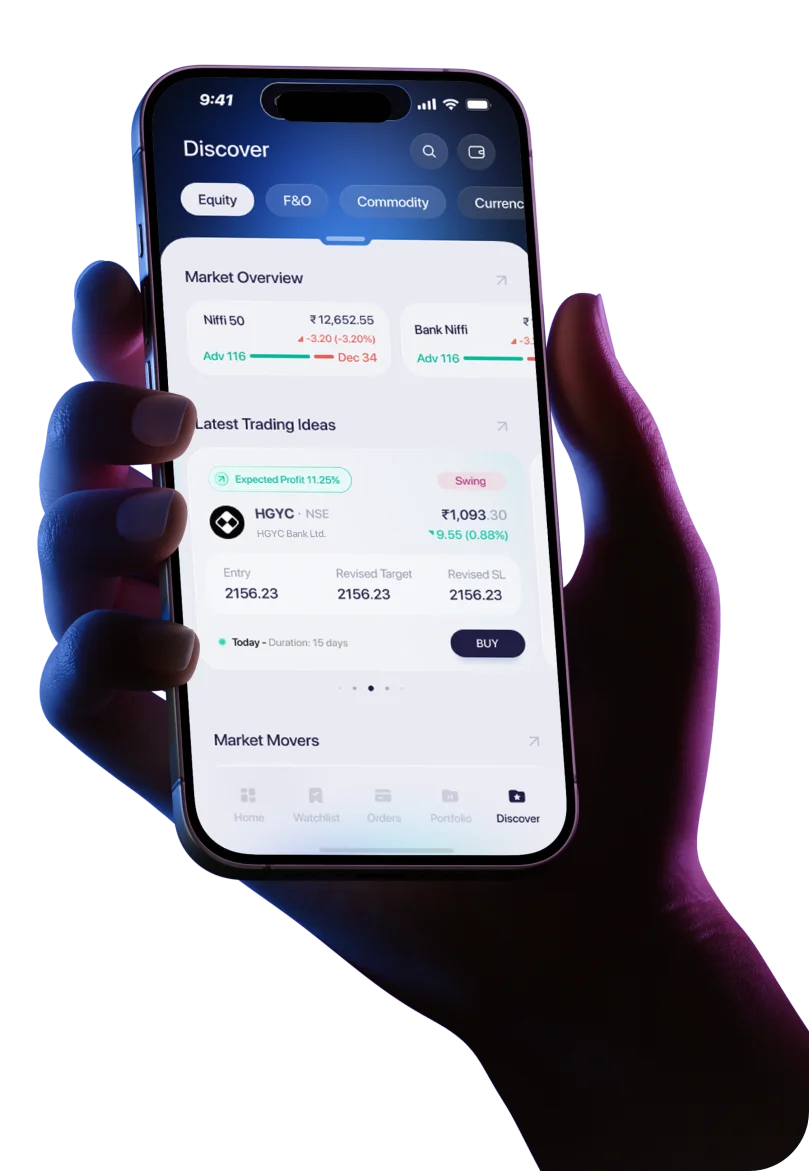In the world of investing, markets rarely move in a straight line. Prices go up, dip, and sometimes fluctuate wildly without much warning. Amid this volatility, one concept that often surfaces is averaging—a strategy that helps investors manage risk, optimize entry prices, and stay invested for the long term. But while it may appear simple, averaging can be both a friend and a foe, depending on how it's used.
Introduction: What is Averaging?
Averaging refers to the act of buying more of the same security at different price points to reduce or adjust the overall cost of your investment.
Real-life Analogy: Imagine you buy 1kg of mangoes at ₹100. The next day, the price drops to ₹80, and you buy another kg. Now, your average cost becomes ₹90/kg. The same concept applies when buying stocks or mutual funds.
Investors often use averaging to manage volatility, spread risk, and potentially lower their breakeven point. But while it’s commonly applied, especially during dips, it requires caution and a proper plan.
What is Averaging in the Stock Market?
In financial terms, averaging is the practice of repeating purchases in the same asset, either during a fall or rise, to adjust the average cost per unit of the investment.
Difference Between Averaging and Average Price:
- Averaging is an action (buying more).
- Average Price is a result (cost per share after all buys).
Averaging is applicable in:
- Equity: Buying more shares of a stock.
- Mutual Funds: Via SIPs or lumpsum investments.
- Derivatives: Averaging down/up in futures or options, albeit riskier due to leverage.
Types of Averaging
Averaging Down
Buying more shares as the price falls.
Example:
- Buy 10 shares at ₹100 = ₹1,000
- Stock falls to ₹80 → Buy 10 more = ₹800
- New average cost = ₹1,800 ÷ 20 = ₹90
When it makes sense: Only when the stock is fundamentally strong and long-term potential remains intact.
Avoid: Blindly averaging in falling knives or poor-quality stocks.
Averaging Up
Buying more as price rises, often used in breakout or momentum investing.
📊 Example:
- Buy 10 shares at ₹100
- Stock rises to ₹120 → Buy more to ride the trend
- This raises the average cost, but aligns with upward momentum
Why use it: Traders use it to scale into winners and build larger positions in outperformers.
SIP-Based Averaging
Systematic Investment Plans (SIPs) inherently average the cost of mutual fund units by investing at regular intervals, regardless of market level.
🖼️ Visual Idea: A line graph showing units bought over time, with lower NAVs fetching more units and vice versa.
Benefit: Lowers emotional bias and builds long-term wealth through rupee-cost averaging.
Averaging in Derivatives
Some traders average down or up in futures and options, but this is riskier due to leverage and margin exposure.
Key Risks:
- Margin calls if price moves further against you
- Rapid premium decay in options
- No ownership of the underlying asset
👉 Use only if you understand position sizing and risk management well.
When to Use Averaging – Smart Strategies
✅ Only in fundamentally strong stocks
✅ During market corrections or temporary dips
✅ With a clear exit plan and stop-loss
✅ By diversifying across sectors or themes
Pro Tip: Always review why the price is falling or rising. Is it due to macro noise, temporary earnings miss, or a real fundamental shift?
When Not to Use Averaging – Common Mistakes
🔴 Averaging in penny or junk stocks
🔴 Acting on FOMO or revenge trading
🔴 No exit plan or capital allocation limit
🔴 Ignoring fundamentals and company news
📋 Risk Checklist:
- ✅ Is the company fundamentally sound?
- ✅ Is your portfolio diversified?
- ✅ Is the investment for the long term?
- ✅ Can you afford to hold through volatility?
Case Studies or Simulations
✅ Success Case: HDFC Bank
Investors who averaged during the 2020 COVID crash saw their average cost drop significantly, and the stock rebounded strongly within a year.
❌ Failure Case: Suzlon Energy
Many investors averaged down from ₹300 to ₹200 to ₹100, only to see the stock collapse further, leading to capital erosion. Averaging didn’t work because the fundamentals kept worsening.
👉 Visual Tip: Include hypothetical bar charts showing investment trajectory in both cases.
Comparison Table
Strategy | Risk Level | Best For | Example |
|---|---|---|---|
Averaging Down | High | Long-term investors | Bear market buys |
Averaging Up | Medium | Trend followers | Breakout trades |
SIP Averaging | Low | Beginners | Mutual fund SIPs |
Conclusion
Averaging, when used wisely, can be a powerful ally in navigating market volatility. It helps lower entry prices, ride long-term trends, and stay invested with discipline. But it can also magnify losses if used without research, risk control, or emotional discipline.
The key is not to average blindly, but to average strategically—with logic, analysis, and a clear view of the fundamentals.
📌 Final Thought: In investing, price is what you pay, but value is what you get. Averaging helps only if value remains intact.




 Easy & quick
Easy & quick
Leave A Comment?